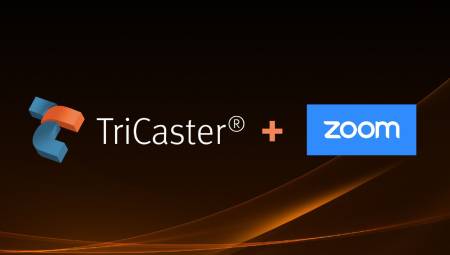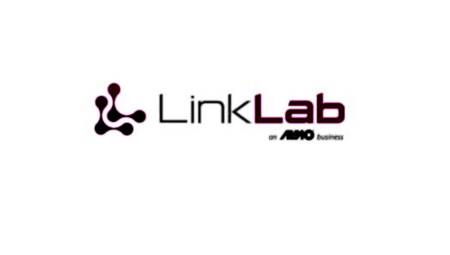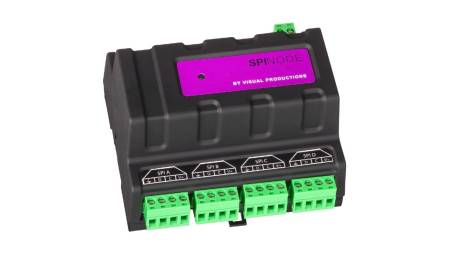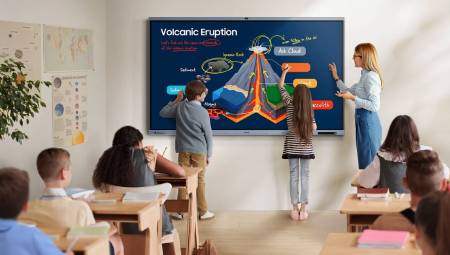 Latin America. As an increasing number of devices acquire electronic functionality, many new applications will require some kind of display. This is the conclusion of the most recent IDTechEx report.
Latin America. As an increasing number of devices acquire electronic functionality, many new applications will require some kind of display. This is the conclusion of the most recent IDTechEx report.
This growth in wirelessly connected functional devices is an exciting technological transition that could radically change the way we interact with previously inanimate objects. The opportunities are especially pronounced for low-cost displays that can be incorporated into cheap, even disposable products.
At present, most displays are the key feature of the device, such as TVs or smartphones, or a prominent element in a high-value product (e.g. car interiors). Therefore, most displays are relatively high-value components that require relatively high resolutions and a lifespan of at least a few years. However, as a greater proportion of devices become functional, the opportunities for low-cost displays with different key performance indicators are likely to increase dramatically.
Application Opportunities
Smart packaging is arguably the low-cost visualization application with the most room for growth. Displays can be integrated into both shelf-level and item-level packaging, and the former is likely to appear first, as lower volumes allow for higher unit costs. Currently, electroluminescent displays are sometimes incorporated into limited edition production series for marketing processes, but are not considered an effective long-term solution due to their high power requirements.
Another application of low-cost displays is small consumer goods. This has long been the case for some premium items such as electric shavers, with small screens showing the remaining load, for example. However, as displays become cheaper and electronic functionality/wireless capability is integrated into more devices, this could expand to an ever-increasing range of devices and appliances. In fact, it may not be long before bank and travel cards contain a low-cost screen to show your balance and/or recent transactions.
Wearable technology is another promising application for low-cost displays. While OLED displays are widely used smartwatches, they are currently too expensive to incorporate into clothing and skin patches for medical, fitness, and therapeutic applications. The key attributes of displays on clothing and skin patches are durability, flexibility and low power consumption. This example demonstrates that for many emerging display applications, traditional key performance indicators of resolution, color gamut, and refresh rate are no longer especially important.
Electrophoretic screens
The most promising energy-efficient display technologies are those that employ a bistable material that requires energy only to change color instead of maintaining it. Electrophoretic displays (EPDs) are the best-known example, which has long been used for e-readers. However, they are falling out of favor for this app, as consumers prefer the full-color images available on a tablet.
However, EPDs remain promising for applications where a simple, emission-free display is fully suitable and low power consumption is a priority. The most notable technical development in this space is the recent launch of full-color electrophoretic displays by Plastic Logic. This display is flexible, powered by active matrix with 240 x 146 pixels capable of displaying 4 colors plus black and white, and is aimed at smart cards, wearable technology such as e-textiles and shelf labels.
Electrochromic screens
Another technology, possibly simpler, low consumption and low cost are electrochromic screens. By applying a small voltage through the active material, it will change its oxidation state and therefore its color. This process is again bistable, which means that no continuous power supply is required. However, the color will gradually fade as the system returns to thermodynamic equilibrium, requiring a voltage to be briefly applied to return to the required color. Ynvisible are the main protagonists of the electrochromic visualization space; they are aimed at both medical applications and smart packaging, such as skin patches with indicators. IDTechEx predicted that electrochromic displays will exhibit the fastest growth, but electrophoretic displays will continue to dominate the market.
Alternative approaches
For applications that require low-cost emitting displays, no electrophoretic or electrochromic displays can be applied. An emerging approach here is to mount conventional (or mini) inorganic LEDs on flexible substrates with conductive traces applied by either printing conductive ink or engraving/softening. Although these approaches cannot compete in resolution with conventional OLED or LCD displays, their low cost per area and flexibility make them suitable for large-area displays, such as architectural and marketing lighting/display functions.















